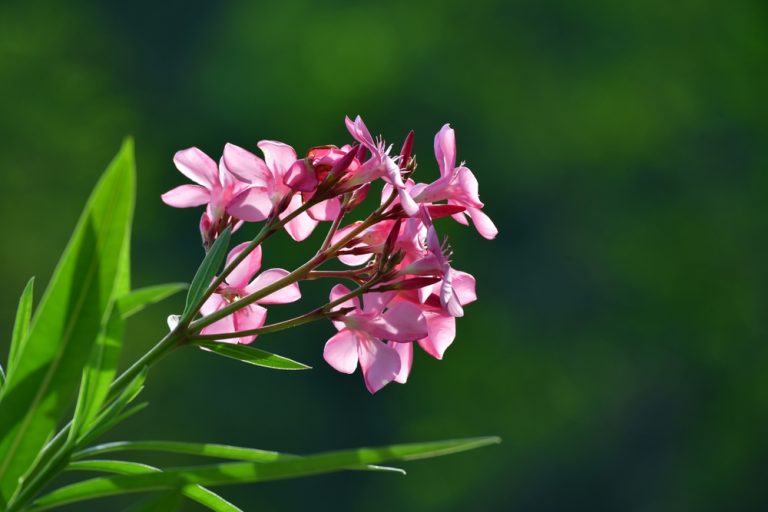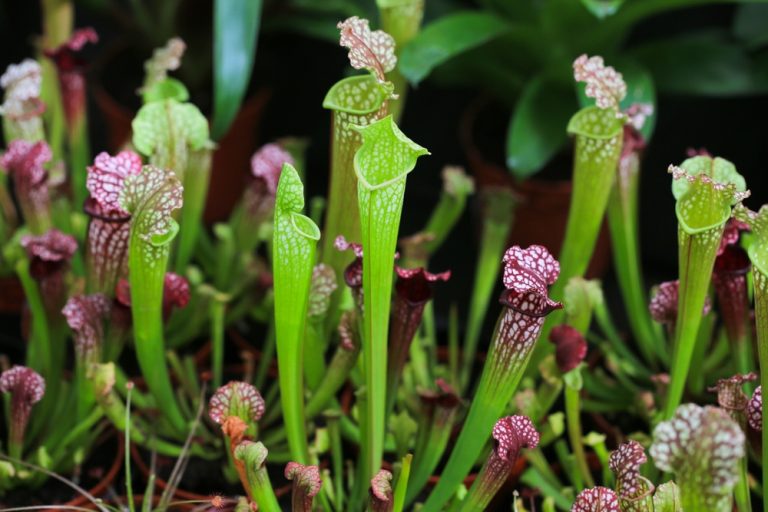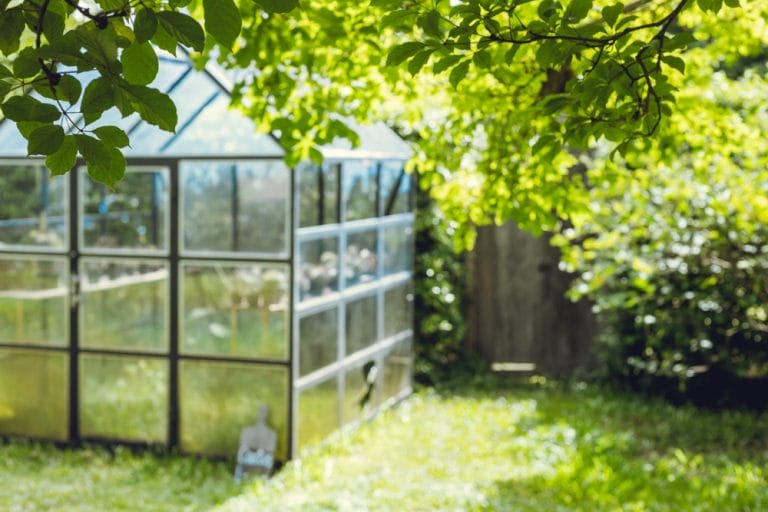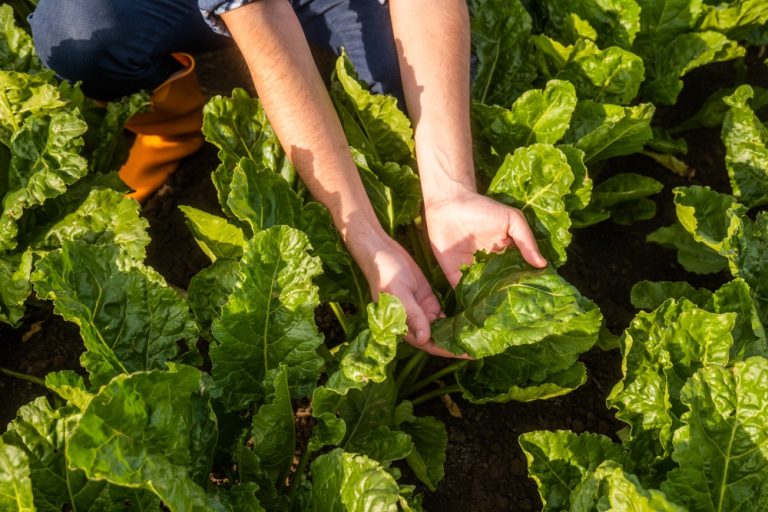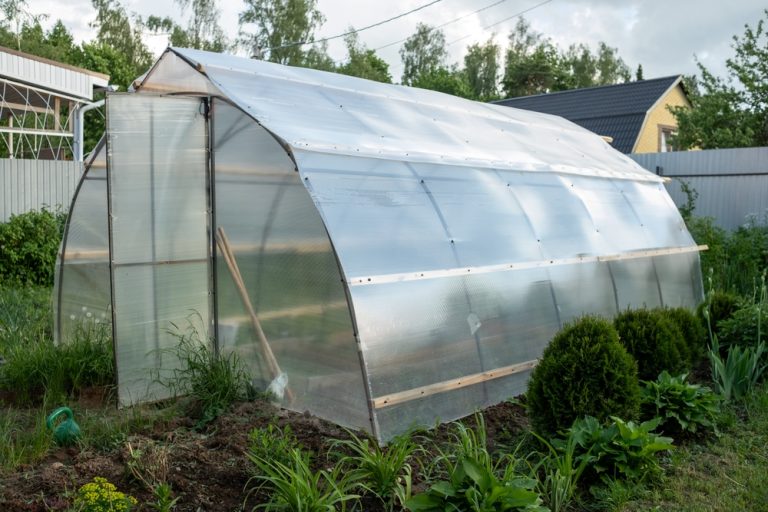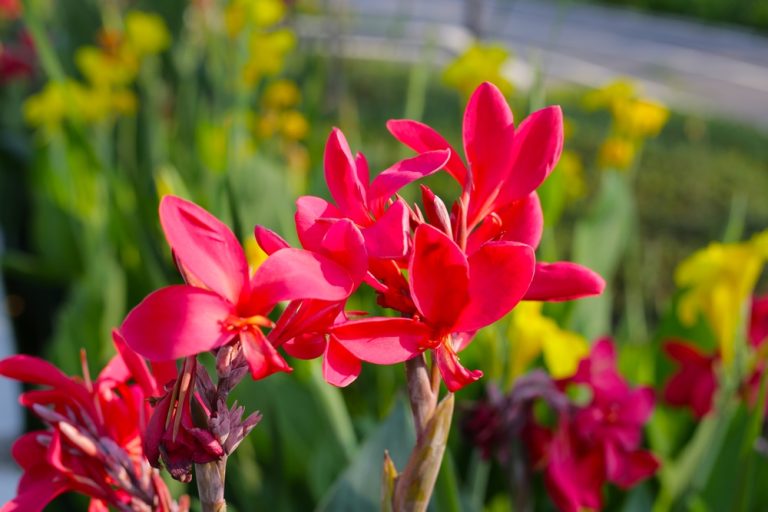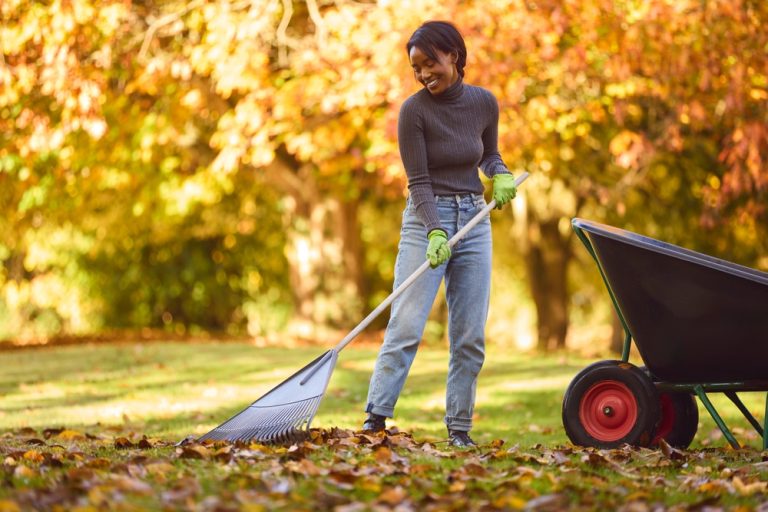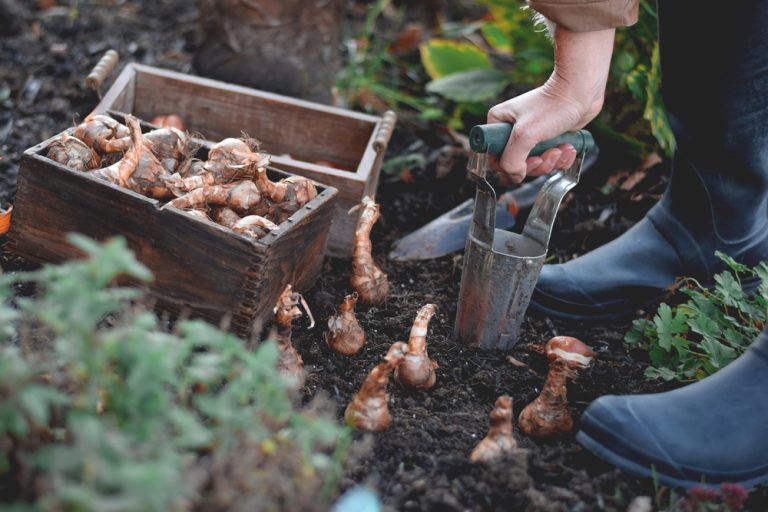Your backyard might seem like a peaceful oasis, but lurking among the blooms and greenery could be a lineup of silent assassins. Some of the prettiest plants are the ones you should be most wary of, hiding dangerous toxins behind their charming colors or sweet scents. Kids, pets, and even unsuspecting gardeners can easily fall…
backyard garden
12 Unusual Plants You Won’t Believe Can Survive in the Average Backyard
Your backyard might be a lot more adventurous than you ever imagined. While most people settle for roses, tulips, and the occasional tomato plant, the plant kingdom is full of wild, quirky survivors that laugh in the face of ordinary landscaping. From plants that thrive in droughts to those that can survive a little neglect,…
Why You Should Be Ordering Garden Supplies During the Holidays
The holidays might be known for festive lights and overflowing dessert tables, but they’re also one of the sneakiest, most strategic times of year for gardeners to score big. While everyone else is distracted by glittery gift guides and last-minute shopping frenzies, savvy growers are quietly filling their carts with seeds, tools, soil, and gear….
How to Put Your Garden on “Rest Mode” Without Neglecting It
Your garden might not come with a power button, but every seasoned grower knows there’s a point in the year when it needs a well-deserved cooldown. Maybe the weather’s changing, maybe life’s getting hectic, or maybe you simply want your yard to stop demanding attention like a thirsty toddler. Whatever the reason, there is a…
10 Crops That Germinate Stronger in Cold Soil
While most gardeners assume seeds need warmth to thrive, some crops actually prefer a brisk chill to kick-start their growth. These cold-loving champions don’t just tolerate lower temperatures—they use them as fuel, bursting through the soil with surprising vigor when other plants are still snoozing. If you’ve ever doubted that your garden can get moving…
Greenhouse Secrets: How to Turn a Drafty Shed Into a Cozy Plant Haven
The old shed in the backyard often sits half-forgotten, holding rusted tools, tangled extension cords, and mysterious jars you swear weren’t there last year. But hidden beneath its flaking paint and winter drafts is something with enormous potential: a future greenhouse brimming with lush foliage and thriving herbs. Transforming a drafty shed into a warm,…
How to Save Dahlias and Cannas Before Frost Turns Them to Mush
One minute, your garden looks like a late-summer dream come alive, with dahlias shining like jeweled fireworks and cannas standing tall like confident tropical dancers. Then, almost overnight, a cold snap slides in, the air turns sharp, and suddenly everything you love could collapse into soft, disappointing mush. Gardeners know this heartbreak deeply. The colors…
Stop Raking! Why Leaving the Leaves Might Save Your Lawn
Crunching leaves underfoot is a fall tradition. The rake comes out, the yard bags fill up, and somewhere in the back of your mind, you hear your grandparents saying, “A tidy lawn is a healthy lawn.” But what if they were wrong? What if all those hours spent raking, bagging, and dragging leaf piles to…
Plant These Spring Bulbs Now or Regret It When Everyone Else’s Yard Blooms
There is a very specific kind of heartbreak that only gardeners truly understand: stepping outside in early spring, coffee in hand, only to see your neighbor’s yard bursting with color while yours looks like a sad, muddy, frost-kissed afterthought. Those tulips? They didn’t plant themselves last week. Those daffodils? They were hiding underground long before…
Why Ornamental Grasses Should Stay Standing Until Spring
There’s a good chance you’ve looked out at your garden in late fall and thought, “Should I cut those grasses down before the snow hits?” It’s a tempting thought—after all, the tidy gardener in all of us loves a clean slate before winter. But hold that thought and put the shears down! Ornamental grasses aren’t…
